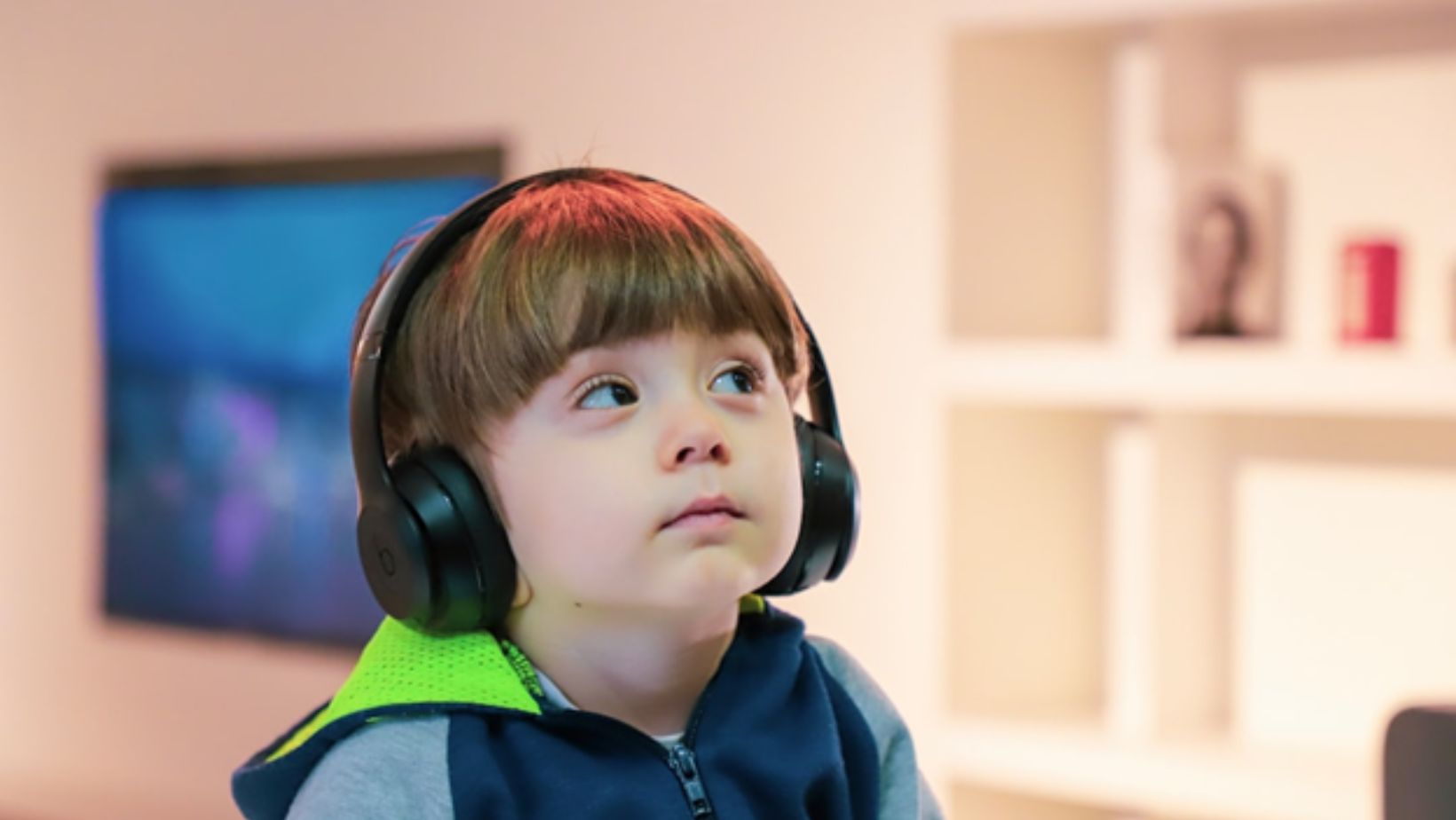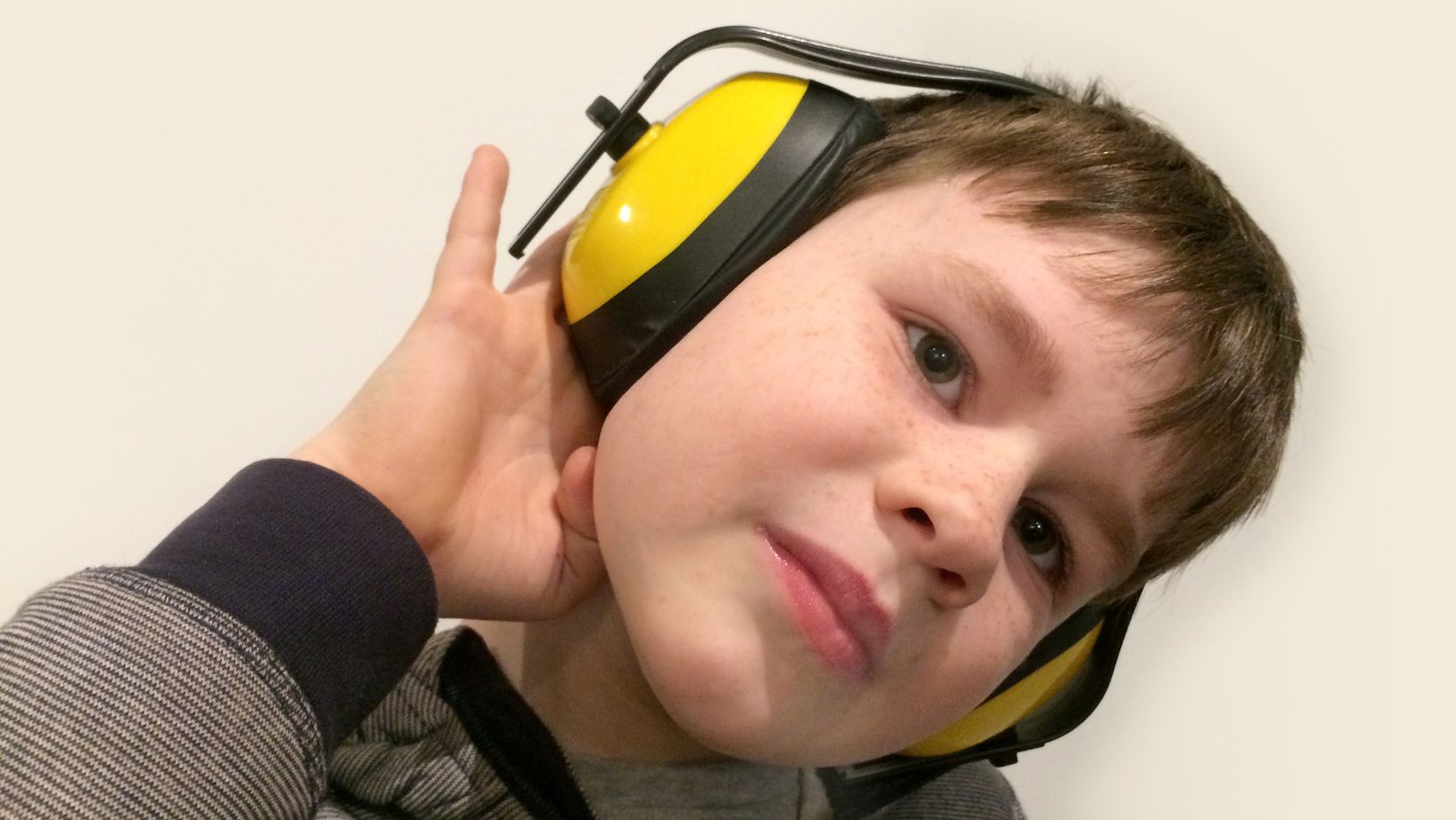Autism Spectrum Disorder (ASD) includes a wide range of experiences, with non-verbal autism being one of the most complex and often misunderstood. For individuals with non-verbal autism, verbal communication is limited or absent, making it challenging to express their needs and emotions in typical ways. This can create unique challenges for individuals and those who support them. However, with the right understanding and approach, family members, educators, and professionals can enhance communication, connection, and quality of life.
This guide will explore the nature of non-verbal autism, practical support strategies, and the importance of understanding these unique communication needs for a more inclusive world.
Table of Contents
ToggleWhat Is Non-Verbal Autism?
Non-verbal autism refers to individuals on the autism spectrum who have little or no spoken language. While some may develop a few words or phrases, others rely entirely on non-verbal forms of communication like gestures, facial expressions, or assistive technology. The reasons for non-verbal autism aren’t fully understood, as verbal abilities vary widely among individuals with autism, and there is no single biological explanation. Factors like differences in brain development, sensory processing, and motor skills can all influence speech and language capabilities.
It’s crucial to understand that non-verbal autism does not equate to an intellectual disability. Many non-verbal individuals are fully capable of understanding complex ideas and possess unique talents and skills. Practical support for non-verbal autism emphasizes this distinction, recognizing that communication challenges do not reflect a lack of intelligence but rather a difference in expression. With proper support, including tools and strategies that foster non-verbal communication, individuals can find ways to connect meaningfully with the world around them.
Recognizing the Diverse Needs of Non-Verbal Individuals
Understanding and meeting the needs of those with non-verbal autism begins with recognizing their unique communication styles. Often, non-verbal individuals communicate through behavior, which requires observers to learn to interpret these cues. When people, particularly children, exhibit challenging behaviors, these may often be attempts to express discomfort, sensory overload, or even frustration over the inability to communicate verbally.
- Sensory Sensitivities: Many individuals with non-verbal autism experience sensory processing differences, which means they may be susceptible to certain sounds, textures, lights, or smells. These sensitivities can sometimes overwhelm social situations, environments, or even daily routines, leading to behaviors that may seem out of place. Recognizing these sensory needs and adjusting environments can play a crucial role in helping them feel comfortable and safe.
- Routine and Predictability: Structure is often vital for people with non-verbal autism, as routines can help provide a sense of security. Unanticipated changes in routine or environment can lead to confusion or distress, especially if the individual relies on predictability to understand and engage with the world around them.

- Alternative Communication Methods: Since spoken language is not always accessible, alternative communication methods can be powerful tools. Augmentative and Alternative Communication (AAC) devices, including picture exchange systems, voice-output communication aids, and even sign language, can provide an accessible means of expression. These tools empower nonverbal individuals, offering a bridge to communicate with those around them and to participate more fully in their communities.
Creating Effective Support for Individuals with Non-Verbal Autism
Supporting individuals with non-verbal autism starts with fostering an environment that promotes connection, respect, and independence. Each person’s needs are unique, so approaches must be personalized, as strategies effective for one person may not suit another.
A powerful way to support individuals with nonverbal autism is to encourage communication in forms that work best for them—whether through images, assistive technology, or gestures. Many families and caregivers find success using AAC (Augmentative and Alternative Communication) tools, which enable self-expression and meaningful connection and often transform communication for everyone involved.
Educators play a crucial role in providing equitable access to education for children with non-verbal autism. Individualized Education Plans (IEPs) that incorporate sensory breaks, quiet spaces, and customized learning approaches create an inclusive environment. With patience and respect for non-verbal communication, schools can empower students to learn without the constraints of traditional verbal expectations.
Family members can further their support by attending training sessions on non-verbal communication methods. Programs that teach communication techniques specific to non-verbal autism help families connect more effectively with their loved ones and learn valuable strategies tailored to individual needs.
Embracing Non-Verbal Communication Techniques
Recognizing and supporting non-verbal communication is central to creating an inclusive environment. While some rely on eye contact or facial expressions, others use physical gestures or touch. Learning these cues requires patience, observation, and empathy.
- Picture Exchange Communication System (PECS):PECS is a popular communication tool that allows individuals to use pictures to convey their needs and preferences. By simply exchanging images, non-verbal individuals can communicate essential needs, make choices, or even express opinions, giving them a sense of autonomy in their interactions.
- Voice-Output Communication Aids (VOCAs): VOCAs can vocalize words or phrases based on selections made by the user, often through buttons or touchscreens. These devices can help bridge communication gaps, enabling non-verbal individuals to “speak” with others and allowing for more engaging interactions.

- Sign Language and Gesture Communication: Although not all non-verbal individuals can use sign language due to motor skill challenges, for those who can, it provides a means to communicate directly with others. Simple gestures tailored to their capabilities can support daily interactions, making them feel heard and understood.
The Power of Patience and Empathy
Understanding nonverbal autism requires patience, empathy, and a willingness to look beyond traditional communication. For those who support nonverbal individuals, whether professionally or personally, it’s important to remember that every person with nonverbal autism has the potential to connect, contribute, and express themselves in meaningful ways.
Finding the right communication method often involves trial and error. For some, picture communication might work best; others might prefer the precision of voice-output devices. The key is adapting and respecting the person’s chosen expression.
Additionally, fostering patience can be transformative. Communication might be slower or require additional interpretation, but giving non-verbal individuals the time and space to express themselves without rushing allows them to communicate their thoughts and feelings more effectively.
Non-verbal autism presents unique challenges, but these challenges also reveal opportunities to grow our understanding and reshape our approaches to connection and communication. By embracing alternative communication methods, recognizing the impact of sensory experiences, and prioritizing patience, we create an environment where non-verbal individuals can thrive. Each step taken to foster inclusivity not only supports those with non-verbal autism but also enhances our capacity for empathy, diversity, and connection.





























































